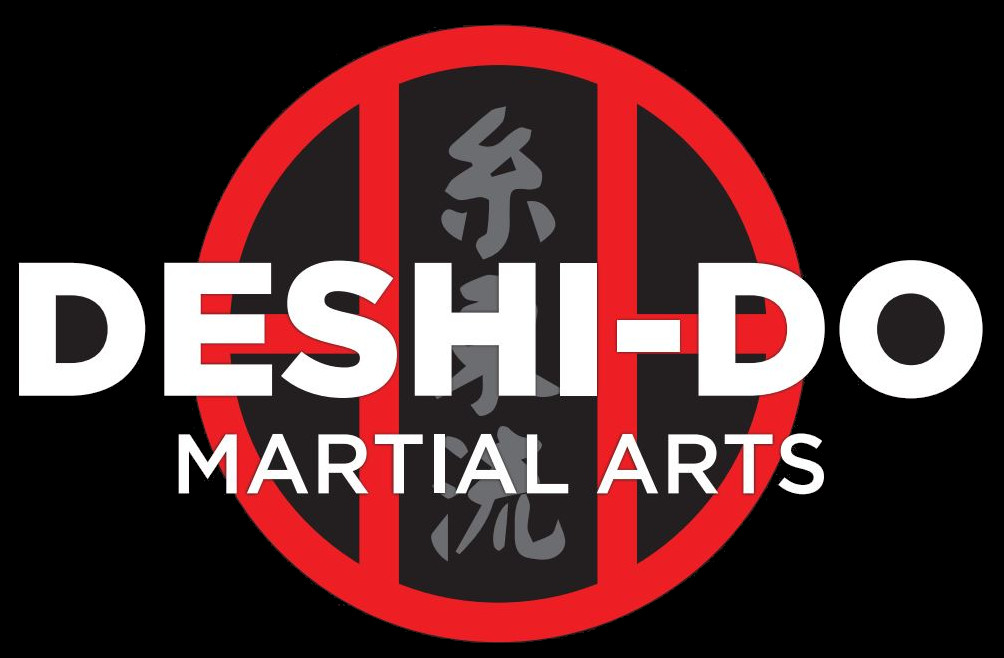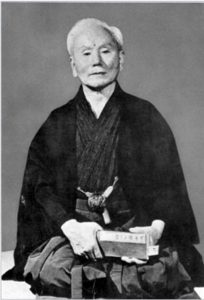PREMIUM SPECIAL Just $20 – click here
Karate in Historical Perspective
The first thing every new student of Karate learns is its unique history. It is unique because of the way it has been handed down through the centuries. There were no books written and the only way was to listen carefully when the instructor repeated what his instructor had told him when he first started.
Approximately 5,000 years ago an Indian prince developed the first crude version of weaponless self-defence. He watched the movements of animals and studied their methods of fighting. He noted the stealth the tiger used before making a kill, how birds fought using their wings and feet. He applied these movements to the human body and found that many could be successfully employed.
The Prince then experimented on slaves to discover the weak points of the human body. He did this by jabbing needles into a slave until a puncture resulted in his death. Legend states that over 1,000 slaves were used in this macabre experiment. The prince then used the fighting techniques he found successful and directed them to the weak points of the human body to perfect the first known form of weaponless self-defence.

The next figure of importance in Karate’s history was Bohidharma, known to the Japanese as Daruma Taishi.
He went to China and established the Shaolin-szu (Shorin-ji in Japanese), temple in Honnan Province. When he tried teaching the simple monks, mainly of peasant stock, his concept of Buddhism, he found the people unable to grasp the complicated ascetic Indian style of Buddhism. Thus he taught a natural and easily understood religion: Zen Buddhism.
Even though Zen was simpler than Indian Buddhism, the peasant monks still found it difficult to understand. The mental exercises were too tiring and the monks would find their minds wandering. Daruma then instituted a system of self-defence exercises to condition their bodies so they could better experience the Zen “Enlightenment”.
Ordinary exercises only conditioned the body and have no effect on the mind. Daruma devised a series of movements that when done nearly perfectly, would give the performer the experience of enlightenment. Once the student accomplished this and knew within himself what enlightenment was, he could apply or practice this feeling in his everyday life. This exercise, designed to give enlightenment to the Zen practitioner, came to be the foundation of the Chinese Chuan-fa (literally” fist way”), which the Japanese call Kenpo. Because of its seemingly simple and meaningless movements it eventually came to be disregarded by the majority of later Karate proponents.
Karate and Buddhism in Chinese Art
Many people believe that the ever present assorts depicted on any Buddha piece are monks in the importance of meditation. This is a fallacy. Those statues of Buddha accompanied by statues of his monk guards, show the karate monks in important karate stances or arm positions. One of the guards, usually the one to the right of the Buddha, is in a “soft” or relaxed state, while the guard to the left of Buddha is shown in a “hard” or focused state.
After Karate’s introduction into Zen Buddhism by Daruma, the monks studying Zen in China also studied “Karate”.
The artists of this period always depicted qualities of Zen Buddhism with the help of Karate expressions and positions. To the uninitiated, these stances and positions would have an esoteric meaning, but to the initiated it would be a sign that showed the viewer or reader, that the artist or author was one of the cult. Whenever monks prayed they would assume a Karate stance. When walking or meditating they would have their hands in a “closed gate” position (Karate term) for safety. People who did not understand this accepted the esoteric meaning of the posture and believed the hand position had something to do with the meditation.

What is Karate?
Karate (Pronounced car-ah-tay) is the art and science of self-defence.
Karate literally means “empty hand”, the hand being the instrument of the will. The aim is to develop a synergism of the will, the nerves and the muscles, manifesting its self in the maximum possible controlled release of energy. This magnificent efflux is greater than is commonly expected.
An intriguing quality of Karate, similar to other self-defence techniques, is the necessity of having to simultaneously develop full command of the mind and the body. The will must be disciplined, illuminated and expressed through the medium of the body. The body, receiving this existential efflux, is facilitated in attaining the highest well being.

An intriguing quality of Karate, similar to other self-defence techniques, is the necessity of having to simultaneously develop full command of the mind and the body. The will must be disciplined, illuminated and expressed through the medium of the body. The body, receiving this existential efflux, is facilitated in attaining the highest well being.
Nearly five thousand years ago India cultivated mental and physical powers for “weaponless defence”. These techniques were practiced by select Hindu communities and later by Buddhist groups in India. The doctrine of (Ahimsa) is ancient and it was always allied to the positive use of non-violence for conquering the opponent even converting him to a state of social sanity.
If we study the different forms of bare hand fighting in the east, we find there are differences in approach, concept and application, as there were in the different philosophies that were conceived during those periods. Obviously Daruma could not have been the only to discover methods of self-defence. Daruma utilized yoga exercises and deep breathing techniques borrowed from his earlier monkhood days, so others may have explored the same avenues as Daruma and developed techniques according to their fancy. China has however always insisted that the Indian form of thought control, body control and other techniques of Yogi non violence were superior to their Chinese counterparts.
It would be exciting to trace the many mutations of techniques that must have occurred, such as the usually accepted adaptive changes that made the original Dhyana of India become Chuan in China and later Zen in Japan.
Modern Karate as it is known today is an Okinawan contribution, although the original ideas and techniques came from neighbours’ both near and far.
Karate is not merely based on non violence; it’s clear emphasis is on physical resourcefulness without dependence on weapons.
The practitioners of Karate use no artificial weapons in their method of defence. Instead they develop the natural weapons of their bodies, feet hands elbows etc, into silent, hidden weapons that respond with lightning like speed when necessary.
The Chinese Karate masters considered that their art to be an extension of their religion. The Okinawan and modern day Japanese masters of Karate consider it to be a way of life.
Today Karate is becoming popular as a sport. The keen reflexes of the Karateka are so accurate that he is able to spar with another student without using protective equipment.

What Karate is not
Because Karate is so difficult to explain fully and correctly, many practitioners tend to oversimplify their explanations.
Men who have studied Karate for a short time and do not understand its real meaning, demonstrate its spectacular aspects like brick and board breaking as this is something anyone can do with little training. People who see this type of exhibition believe it to be the pinnacle of Karate. Some “experts” sell the public a conglomeration of self-defence tricks and call it Karate, which is anything but Karate.
A well known and much told story in martial arts circles is the one of a Karate teacher in China who was known to have the strongest “chop” in the whole country. He was challenged by another Karate teacher from the “feel of the human mind” style of Karate to a duel. The second teacher tried to talk his way out of the fight but to no avail. The first was so persistent that the second could do nothing but defend himself. The second teacher knew of the first’s ability to break boards and bricks. He avoided his opponent, waiting for an unguarded moment.
The first teacher rushed the second teacher but for an instant left his head unguarded, the second teacher seizing his chance, kicked the attacker on the chin, knocking him down and putting the aggressor at his mercy. The first teacher begged his victor to spare his life; the second teacher took pity and let him up. As the first teacher rose he asked his victor how he could have beaten him, when he could break more boards than anyone in China.
The second teacher laughed and said: “You fool! Do you think I am a pile of silent and immovable bricks? After a few months anyone can break boards, but Karate skill is not that easy to attain”.
The second teacher, at the time the story was told to the writer in 1967, was 75 years old and living in Canton, China.






